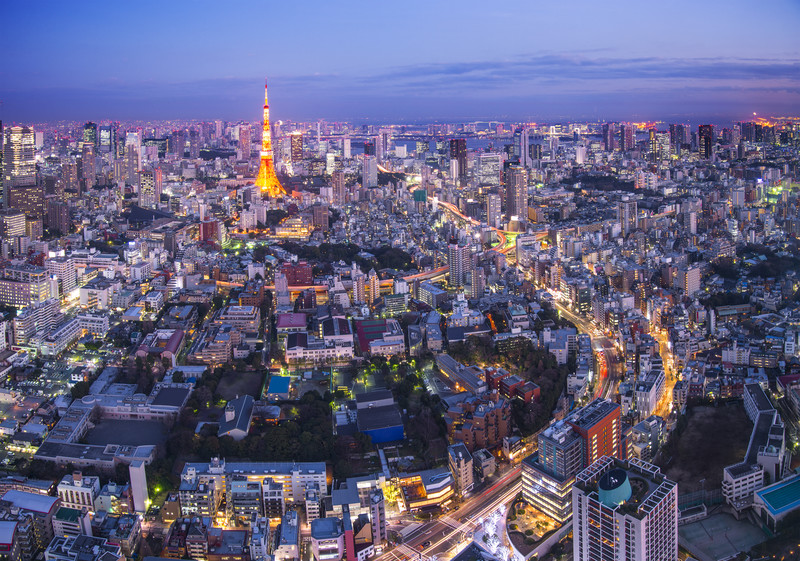Tokyo is not the capital of Japan

Tokyo is not the capital of Japan
First of all, there are 47 Prefectures in Japan. Japanese word for prefecture is ken. For example, English translation of Aichi-ken is Aichi Prefecture. Osaka Prefecture and Kyoto Prefecture have rather high status among prefectures and they are called Osaka- fu and Kyoto-fu, i.e. “fu” is used instead of “ken” while the English translation of “fu” is also prefecture as there is no particular word for it in English. Tokyo, being the largest prefecture (in terms of population etc.), presides over other prefectures and although it is a prefecture, it is called Tokyo-to, which can be translated as Tokyo Metropolis. Tokyo is not actually a city but it is a prefecture.
A prefecture is in some sense similar to a state in the USA and the head of the prefecture is called governor.
Tokyo “Prefecture” is comprised of 23 wards, several areas classified as cities within Tokyo, which are located on the western side (such as Musashino City) and some remote islands in the Pacific Ocean.
Tokyo is not really the capital of Japan
If you were to ask where the capital of Japan is, even if the answer you get is Tokyo, you may still wonder where exactly in Tokyo the capital area is. Is it all of Tokyo as a prefecture including the remote islands? Is it only the 23 wards? Or is it Shinjuku Ward, where the Metropolitan Government’s office is located? Could it be Chiyoda Ward, where the Imperial Palace and Tokyo Station are located? The Diet, Supreme Court, and Imperial Palace are all located in Tokyo 23 wards area.
Interestingly, there is no law, constitute, etc. that designates Tokyo as the capital of Japan. This means that Tokyo is not actually the capital of Japan.
There are some laws that refer to Tokyo and its surrounding areas as the “metropolitan area” i.e. as a unit of prefectures. An example of this is Capital Area Development Law. This law *implies* that Tokyo is the capital, as it refers to Tokyo and its surrounding prefectures as the “metropolitan area” but it does not explicitly designate Tokyo as the capital. It is just an implication. Moreover, the law was made to develop an area and is related essentially to construction. The purpose of the law is not to designate where the capital is. The only reason lawmakers used the term “metropolitan area” is because they had to specify the area to be developed based on the law. This law went into effect in 1956.
In today’s Japan, the Japanese word for capital is “shuto”, which can be translated as “chief major city”. It was after World War II that the word “shuto” was used for the first time. Tokyo was originally referred to as “teito”, which can be translated as “Imperial Capital” or “Imperial City”. By the 1950’s it became natural to call Tokyo the capital city in the “colloquial language”. When lawmakers created the law concerning the development of Tokyo and its surrounding area, they used the words “metropolitan area” because they needed to be clear which part of Japan the law was referring to. Therefore, once again, this law concerned the development of the area in terms of construction and was not a law to designate Tokyo as the capital.
In conclusion, Tokyo is not the capital of Japan because there is no Japanese law or constitution which designates the city of Tokyo as capital of Japan. Tokyo simply happens to be the largest city in Japan, with the Diet, Supreme Court and Imperial Palace. In other words, it is a de facto capital.










